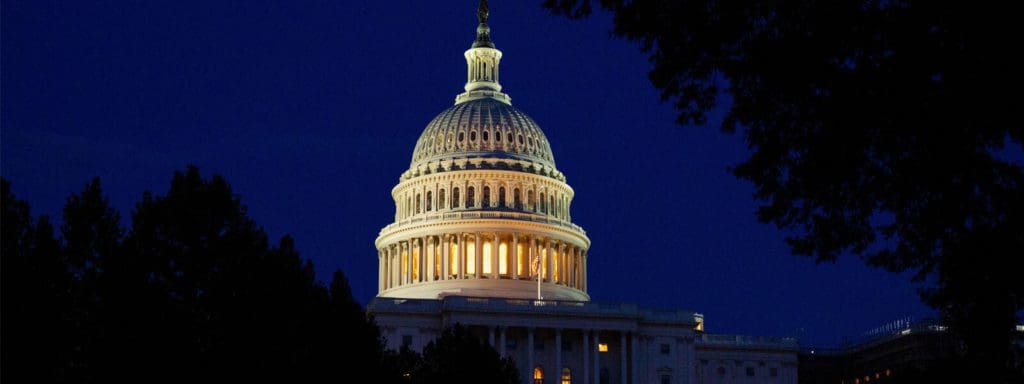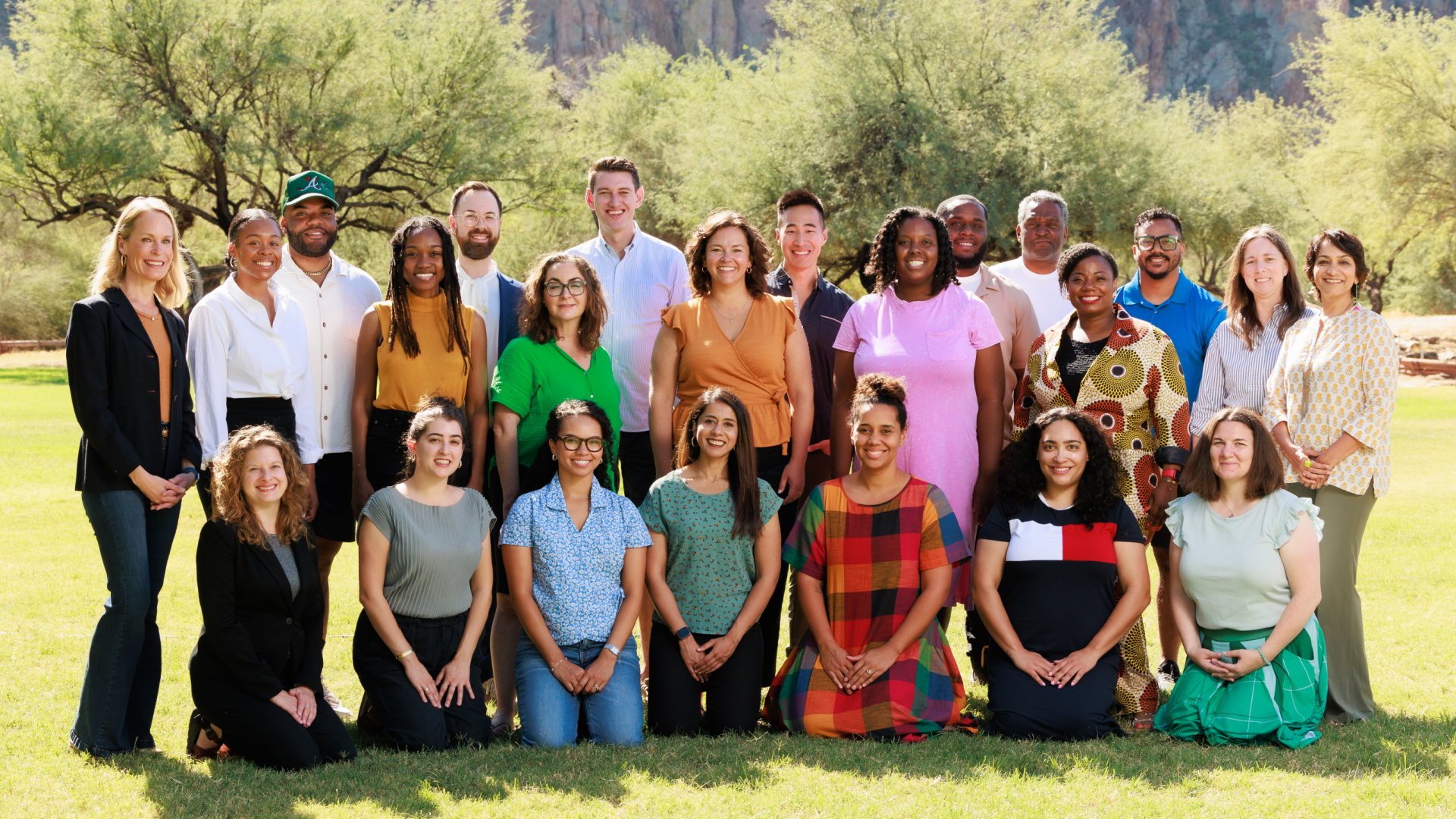Nonprofit Guide to Accessing PSLF
There’s no denying that the burden of being overworked and overwhelmed with student loan debt has made committing to a career in public service seem like an impossible challenge. All things considered, incentives such as the Public Service Loan Forgiveness (PSLF) Program have remained a vital tool in helping the nonprofit sector attract, retain, and invest in its workforce. Unfortunately, since its inception, the PSLF program has continued to default on its promise of loan forgiveness, as recent data compiled from the Department of Education confirmed that only 1.34% of applications that have been deemed eligible for forgiveness have been approved.
Why It Matters for Nonprofits
The grim reality of student debt is no longer hypothetical. It’s a grim reality for many Americans, including those employed by charitable nonprofits. The scope and impact of the program’s mismanagement by the Department of Education and its formerly contracted loan servicers have had profound consequences, leaving millions denied or delayed access to relief. A 2016 survey commissioned by CalNonprofits revealed that 23 percent of nonprofit staff across the country have outstanding student loan debt of $90,000 or more.
Since the Department of Education’s overhaul of the student loan program, more than $17 billion in federal student loan debt has been canceled for roughly 725,000 borrowers. Of that amount, only $6.8 billion has been canceled for borrowers enrolled in the Public Service Loan Forgiveness program. Despite the impressive size and impact of the nonprofit workforce, only a small portion of eligible public service workers have accessed their right to relief. The PSLF Limited Waiver Program and newly-enacted policies may help to resolve this. However, public servants, including nonprofit professionals, must act swiftly to access this renewed promise of forgiveness. Here’s what you need to know:
The Temporary Waiver Has Proven to Be Effective
In April 2022, the Biden Administration and Department of Education revealed a series of regulatory policies to address longstanding barriers. These new program changes will guarantee immediate debt cancellation for over 40,000 borrowers who qualify for PSLF and loan forgiveness.
Now, for a limited time, borrowers may receive credit for past periods of repayment that would otherwise not qualify for PSLF. Past periods of repayment will now count, regardless of whether the payment was made on time for the full amount due, or on a qualifying repayment plan. To qualify, borrowers who have Federal Family Education (FFEL) Program loans, Perkins, or other federal student loans must consolidate their loans into a Direct Consolidation Loan, both in general and under the waiver before October 31, 2022. Additional information regarding the temporary waiver program and certification requirements can be accessed here.
Forgiveness For Income-Driven Repayment Plans
As a result of the program expansion, several thousand borrowers with older loans will also receive forgiveness through Income-Driven Repayment Plans (IDR). Additionally, over 3.6 million borrowers will be granted a minimum of 3 years of additional credit toward IDR forgiveness.
The Department’s review of IDR payment-tracking procedures identified significant flaws that suggest patterns of exclusion that impede IDR forgiveness. To resolve this, Federal Student Aid (FSA) will issue new guidance to student loan servicers to ensure accurate and uniform payment counting practices and will track payment counts in its own modernized data systems beginning in 2023. FSA will also conduct a one-time revision of IDR-qualifying payments for all Direct Student Loans and Federal Family Education Loans. Any months in which borrowers made payments will count toward IDR, regardless of repayment plan. Payments made prior to consolidation on consolidated loans will also be credited.
Reentering Repayment in Good Standing
To date, an estimated one in six borrowers with federally managed student debt is in default. As a result, nearly eight million households have incurred the consequences of default and delinquency, including collection fees, wage garnishment, withholding federal benefits and tax refunds, exclusion from the Earned Income Tax Credit and Child Tax Credit, credit score reduction, and more.
Mitigating the impact of default and delinquency can help to address longstanding disparities that continue to plague our nation’s most vulnerable communities. To achieve this, policymakers included a provision in the recent moratorium extension that will expand access to the program and allow borrowers with paused loans to receive a ‘fresh start‘ on repayment and reenter the program in good standing.
Call To Action: Robust Education, Advocacy, and Outreach
The public sector and constituents alike rely on charitable nonprofits to fill the gap by generating innovative solutions and providing critical services. The global pandemic and economic crisis exhausted the finances of many nonprofits at a time of exponential need. As an essential partner to state, local, and federal governments, policymakers can and should do more to help nonprofits fulfill their missions of promoting public good.
Alleviating nonprofit employees from the crippling burdens of student loan debt is a long-awaited, but requisite step in strengthening our nation’s third-largest workforce. Collective nonprofit advocacy and a robust education campaign are the most effective tools to ensure the new PSLF improvements are made permanent through legislation. As a trusted source of information, nonprofits are uniquely positioned to educate staff, volunteers, and the communities they serve.
Time is of the essence — use the PSLF Help Tool to learn what actions nonprofit employers and staff must take to become eligible for PSLF or TEPSLF before the October deadline. Independent Sector has developed an email template and a curated list of resources to support your outreach and education efforts. Use our Action Center to educate your Congressional delegates today!



